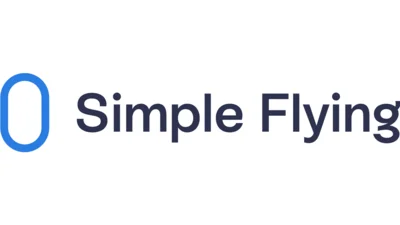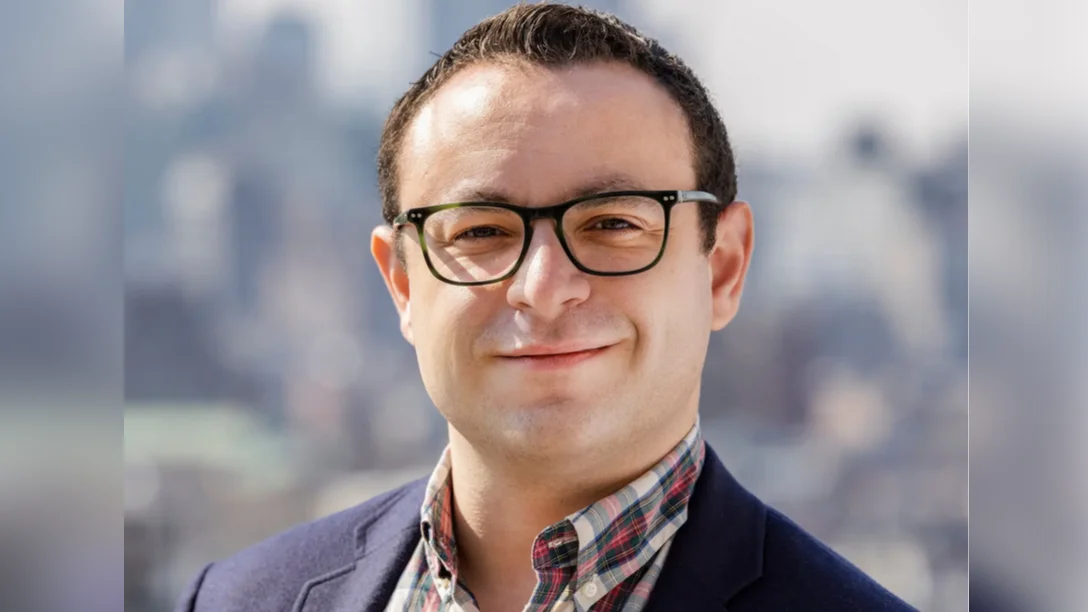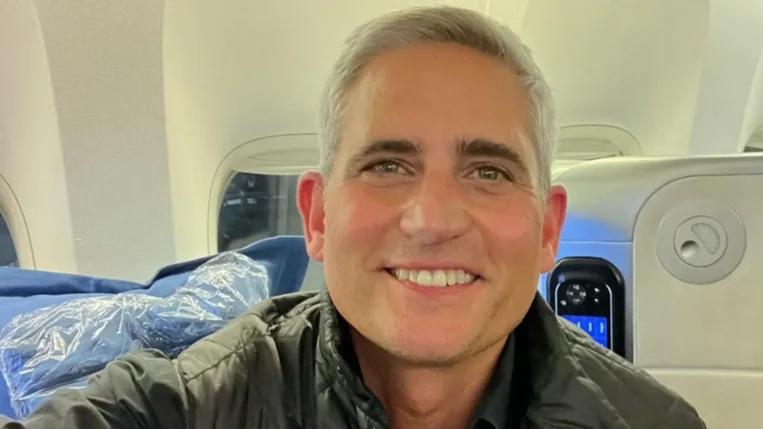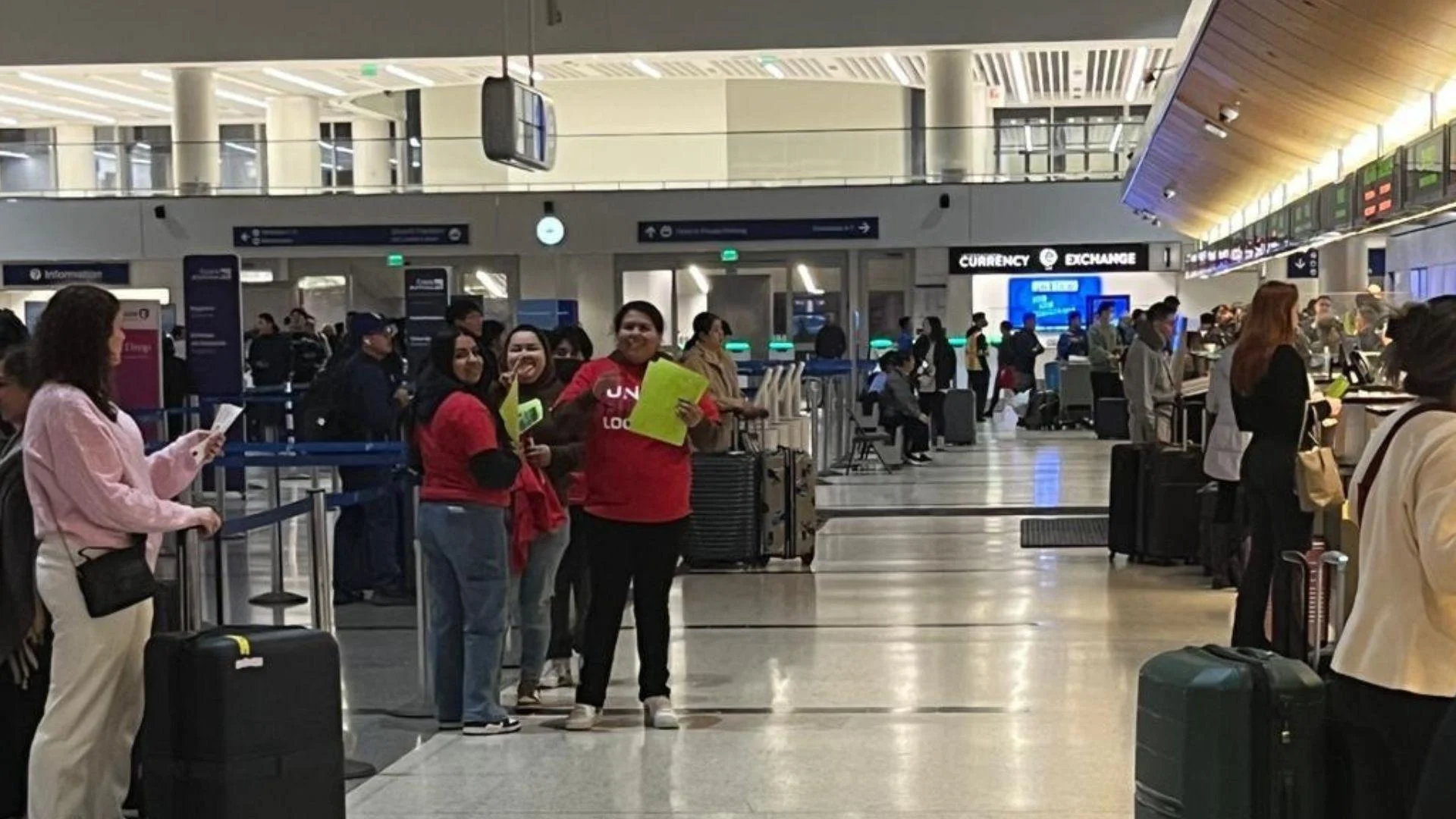SES is also a managed service provider (MSP) under Airbus’ linefit HBCplusIFC program and has been selected by an Airbus single-aisle customer to provide its multi-orbit MEO/GEO service for the undisclosed carrier’s new A320 family aircraft.
“In our IFC business, there is massive demand. Today, a lot of our business in that segment is through our partners,” SES chief executive Adel Al-Saleh said during the call. He added: "We are getting pulled into a lot more airlines asking us to bid direct. In some cases, we include the partners; in some cases, they really want us to be bidding direct. So we see the momentum and the opportunity of new airlines turning on connectivity in their airplanes to be very robust going forward."
This approach does not mean that SES is currently vying for work as an aero ISP—a role it will assume when it completes its acquisition of Intelsat in late 2025.
“SES is not going direct to airlines now even though it can with [Airbus] HBCplus being an MSP. Instead, our strategy is to work with CSPs (Connectivity Service Providers) who provide complementary functions,” said Aditya Chatterjee, senior vice president of aviation product management at SES.
Chatterjee also discussed SES Open Orbits: “We intend to create a network which supports open architecture by combining standard technologies whenever possible.” He added that SES aims to develop a digital platform integrating SES and partner networks globally: “The partners we have chosen have market access and knowledge to bring the SES Open Orbits service to regional and local airlines.”
SES Open Orbits combines GEO and MEO networks from SES with services from NEO Space Group (NSG), AeroSat Link (ASL), and Hughes Communications India (HCI). The company is working on expanding this network further by discussing partnerships with additional SNOs.
When responding to airline RFPs with its Open Orbits proposition, SES offers Safran Passenger Innovations’ next-gen Ka-band terminal inclusive of ThinKom Solutions' Ka2517 VICTS antenna under Airbus’ HBCplus program. Through Safran Passenger Innovations, SES is also working on offering Open Orbits on Boeing aircraft via Boeing's TSA process.
Describing Open Orbits during a recent C21 virtual conference, Chatterjee emphasized open architecture: "There is no closed part of this system... It’s a scalable open architecture." He highlighted that assets used for the network are owned by multiple partners: "Together we have created a seamless Ka-band network where CSPs or ASPs or ISPs can come in...and provide their passengers with superior global quality experience."
From a systems integrator standpoint, none of the aero ISPs own proprietary hardware under this model. “What we do is use OEMs' open architecture offerings for connectivity available through I/ASPs or directly,” explained Chatterjee.
Upon acquiring Intelsat—an established satellite operator and aero ISP—SES will enhance its capabilities significantly. Intelsat provides meaningful Ku-band IFC content globally along with both GEO and multi-orbit GEO/LEO solutions.
In addition to being part of SES Open Orbits initiative alongside Hughes and Bharti Airtel Limited members Seamless Air Alliance; OneWeb—now Eutelsat OneWeb—is also involved.
“The Seamless Architecture and Interoperability Expert Group led by Boeing and Airbus focuses on driving software-defined interchangeability around a standard platform," noted Seamless thought leader Peter Lemme recently.
___
 Alerts Sign-up
Alerts Sign-up




































